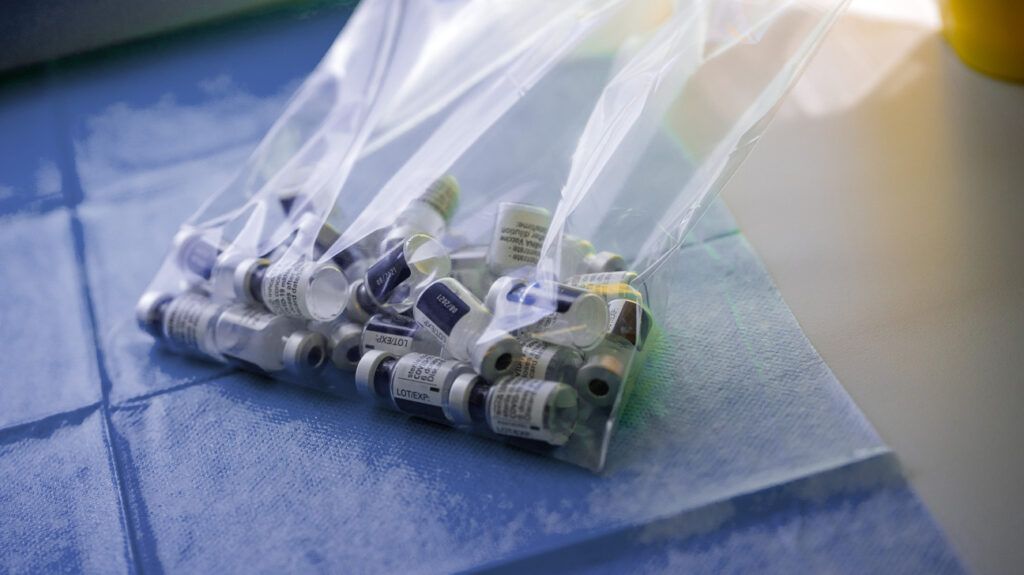Real-Time Imaging of Platelet Activity Predicts Blood Clots Before They Form

A groundbreaking imaging technique utilizing high-speed microscopy and AI enables real-time observation of platelet behavior, helping predict blood clot risks in heart disease patients and paving the way for personalized treatments.
Researchers from the University of Tokyo have developed an innovative method to observe blood clot formation as it happens without invasive procedures. Utilizing a cutting-edge microscope combined with artificial intelligence (AI), this technique enables precise tracking of platelet behavior in patients with coronary artery disease (CAD). The study demonstrates that capturing the dynamics of platelet aggregation can help predict clot formation risks, potentially leading to better personalized treatments.
Platelets are small blood cells that play a vital role in stopping bleeding by forming clots. However, in individuals with heart disease, these cells may overreact, creating dangerous clots within arteries that can cause heart attacks or strokes. Understanding their activity in real time has thus been a significant challenge.
Lead researcher Dr. Kazutoshi Hirose explains that the new approach employs a frequency-division multiplexed (FDM) microscope—a device that functions like a high-speed camera to record detailed images of flowing blood cells. Artificial intelligence then analyzes these images, distinguishing between single platelets, platelet clumps akin to traffic jams, and white blood cells caught in the process.
The team tested this technology on blood samples from over 200 patients, revealing that those with acute coronary syndrome exhibited more platelet clumping than patients with chronic conditions. Interestingly, the study found that blood drawn from a vein in the arm provides similar insights into platelet activity within coronary arteries, simplifying the testing process. This non-invasive approach could revolutionize how clinicians monitor and manage blood clot risks.
Dr. Keisuke Goda remarks that advancements in high-speed imaging and AI have unlocked new possibilities for visualizing blood cell movement, enabling pattern recognition beyond human capabilities. The ultimate goal is to customize antiplatelet therapies based on individual platelet behavior, which varies from person to person. Such personalized treatment could improve outcomes and reduce complications, like recurrent thrombosis or bleeding.
This research represents a significant step toward safer, more effective management of heart disease, leveraging technology to predict and prevent life-threatening blood clots in real time.
Stay Updated with Mia's Feed
Get the latest health & wellness insights delivered straight to your inbox.
Related Articles
Gut Microbiota as a Non-Invasive, Cost-Effective Screening Approach for Colorectal Cancer
New research explores how analyzing gut bacteria can serve as a non-invasive, low-cost method for early detection of colorectal cancer, potentially transforming screening practices.
Understanding How Supplement Labels Influence Consumer Perceptions
Research shows that supplement labels with health-related claims can mislead consumers into believing in disease prevention benefits, despite limited scientific evidence. Clear labeling standards are needed to prevent misconceptions.
CDC Considers Banning Thimerosal in Vaccines Due to Safety Concerns
The CDC is considering banning thimerosal in vaccines due to safety concerns. Learn what you need to know about this preservative, its safety, and impact on vaccine availability.
Tragic Death of Boy in South Carolina Linked to Brain-Eating Amoeba
A 12-year-old boy from South Carolina tragically died after contracting Naegleria fowleri, a deadly brain-eating amoeba found in freshwater bodies during summer. The case highlights the importance of water safety and awareness of this rare but fatal infection.



